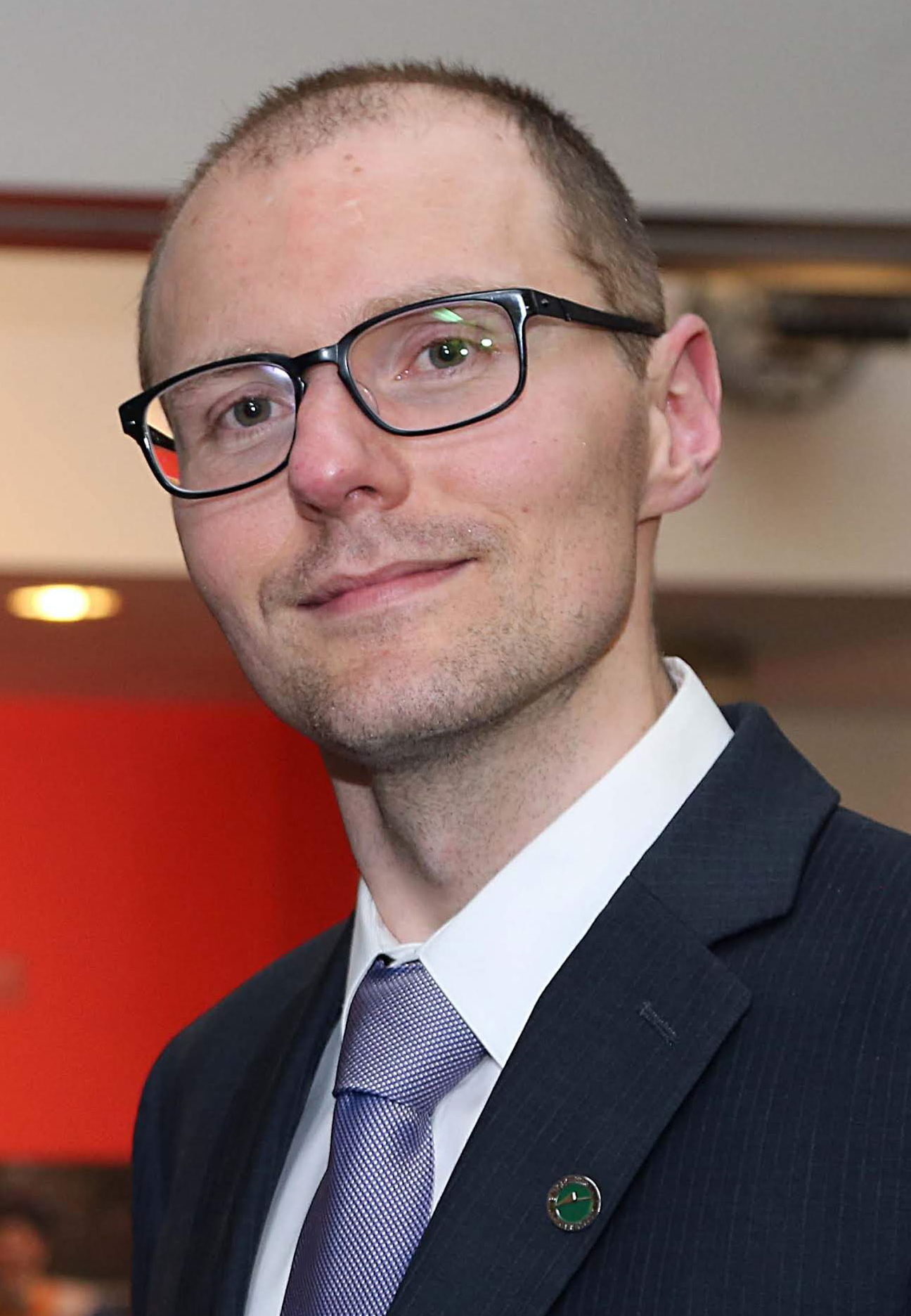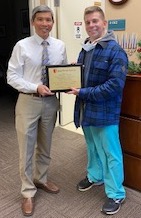
| Volume 35 Number 2 | Stony Brook, NY | < February 2021 > |
 |
 |
|
Visiting Professor Dr. B. Scott Segal
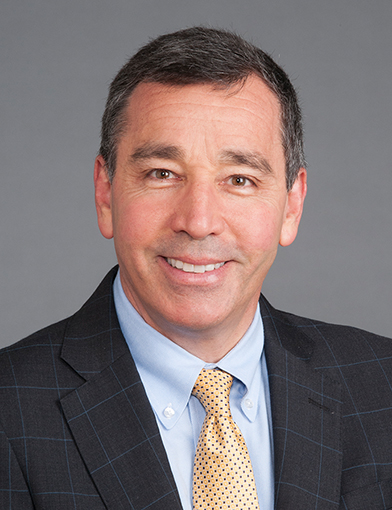
Prior to being appointed Chairman at Wake Forest in 2015, Dr. Segal was Chairman at Tufts University School of Medicine and was Vice Chair for Education at Brigham and Women's Hospital. While at the Brigham, he earned a MSHCM degree from the Harvard School of Public Health. Dr. Segal's research interest is OB Anesthesiology. He has over 45 peer-reviewed publications indexed in PubMed. His most recent article, "Association Between Epidural Analgesia During Labor and Risk of Autism Spectrum Disorders in Offspring", published in JAMA Pediatrics in December 2020, has already been picked up by 14 news outlets and has generated 1289 tweets! Another of his high "attention score" studies is "Are surgeons and anesthesiologists lying to each other or gaming the system?" from 2015. Dr. Segal will present virtual lectures on February 9 (for the Residents) and February 10 (Departmental Grand Rounds). The titles of his talks are not yet available. Let us welcome Dr. Segal "to" Stony Brook!  |
|
Virtual Meetings are the New Reality
Tazeen Beg, MD
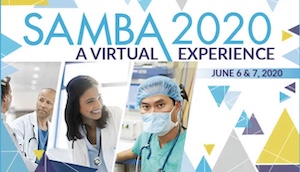
The meeting itself turned out to be great and very engaging. Several hundred people from the anesthesiology community in the US and other parts of the world registered for the event in spite of the COVID-19 disruptions. The conference included numerous thought-provoking sessions including one on the challenges our profession is facing due to the COVID-19 pandemic which were, not surprisingly, well attended. There were virtual networking receptions and a newly created App for faster communication during the conference which included ‘virtual meet ups’ between the attendees. It was wonderful that we were able to attend a conference despite all the despondency and misery surrounding us. Here we were, sitting in the comfort of our homes, or on bleachers at a kids’ practice game (yes, they had some games locally), running an errand or driving to in laws’ place in the next town! You could just turn the audio/video off and go about doing your chores while listening to the lectures. Simple. You may dress up as you would for a conference or just relax in your recliner dressed up in your favorite pyjamas! 
For a researcher, sharing their research with colleagues around the world from the confines of their offices or homes doesn’t always allow them to get fully immersed or involved. There are numerous distractions, audiovisual disturbances and technological difficulties that have to be overcome for a flawless presentation. Conferences for them may be a means of retreating from their everyday routines to mingle with the intellectual community for exchange of ideas and thought processes. That is missing in a digital environment. While conferences are learning experiences for us, they are also an excuse to travel and visit new and exotic places. Some attendees bring their families along to be able to spend time with them while ‘working’. Well, you can’t possibly do that in a virtual event but you could certainly stroll at the beach with that friend from Italy if you both happen to be your ‘digital avatars’! 
While a virtual conference may have certain disadvantages, the outreach is even greater and more diverse both for the speakers and the attendees. With not much travel going on due to COVID-19 they don’t need to take off from work to travel. The conferences have become more inclusive especially with international participation. There is an enormous exchange of ideas and experiences from around the country and the world. The individuals who would otherwise be restricted due to babysitting issues or their disability, can now attend the conferences of their choice without having to step out of their homes. Financially too, it is more affordable for the conference organizers as well as the attendees. The major cost incurred for hosting a virtual event is for the technology company or the web platform that hosts the event. Even with travel restrictions due to COVID, there is no travel barrier for attendees saving both time and transportation costs. If you have an overlap of your favorite lectures and missed them, they can be watched on-demand at your own leisure.  Virtual conferences and meetings are here to stay if not solely virtual, definitely as a hybrid model. They have been on the rise with the digital revolution around us but with the advent of the pandemic, COVID-19, their demand skyrocketed. The digital technology companies are definitely making huge profits, while the big resorts and hotel chains may be losing out on their clients. Finally, even though the grand receptions have been degraded to a virtual BYOB, the snacks at the breaks are the same and the restroom lines are certainly shorter!  |
|
Dental Anesthesia News
From the January 2021 issue of the ASDA Newsletter 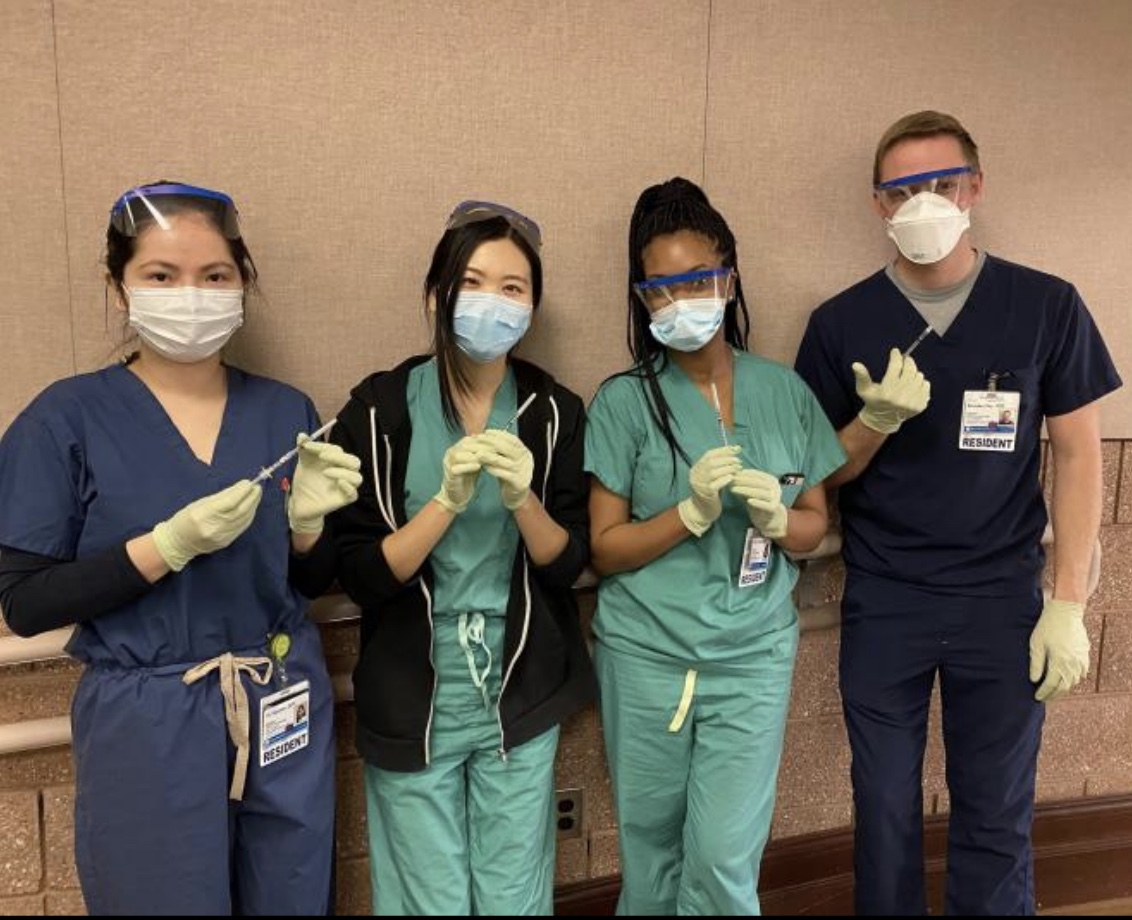 The 1st year Dental Anesthesiology Residents, Drs. Vy Nguyen, Jennifer Kim, Erica Simms, and Brandon Key, administered the COVID-19 Pfizer vaccine to 194 students, residents, faculty, and staff at Stony Brook Dental School. Each of the Residents shared some thoughts about the experience. Erica said, "It was such a rewarding experience knowing that I was a part of a bigger cause that is not only affecting our community, but globally." Jennifer noted, “To be able to have access to the COVID vaccine and to be a part in distributing the vaccine to our healthcare workers was extremely gratifying". Vy expressed her "many thanks to everyone who takes the vaccine. I call it a gesture of love, love for yourself, love for the defenseless and love for the community.” Brandon added, "Being able to use our unique skill set to help protect our colleagues and friends was an incredible experience". 
|
|
Same-Day Joint Replacement at Stony Brook

We premiered our ERAS Total Joint Replacement pathway in Fall 2019 for elective hip and knee replacements. Over the course of a few months, we phased in elements including the removal of epidural anesthesia & intra-operative urinary catheters for most of these elective surgery patients. In Spring 2020 we moved to periarticular joint infiltrations and removing the PCA. A significant part of ERAS sustainability is continuous auditing of the pathways. From Quarter 1 of 2019-Quarter 3 of 2020, the data shows that we have improved fluid management, pain management, and the utilization of resources. As you know, the COVID pandemic has restricted same day admission elective surgical procedures and limited our resources. This presents barriers to our patients. To overcome this limitation, we implemented a highly selective process to offer this population ambulatory joint replacement in the main operating room. 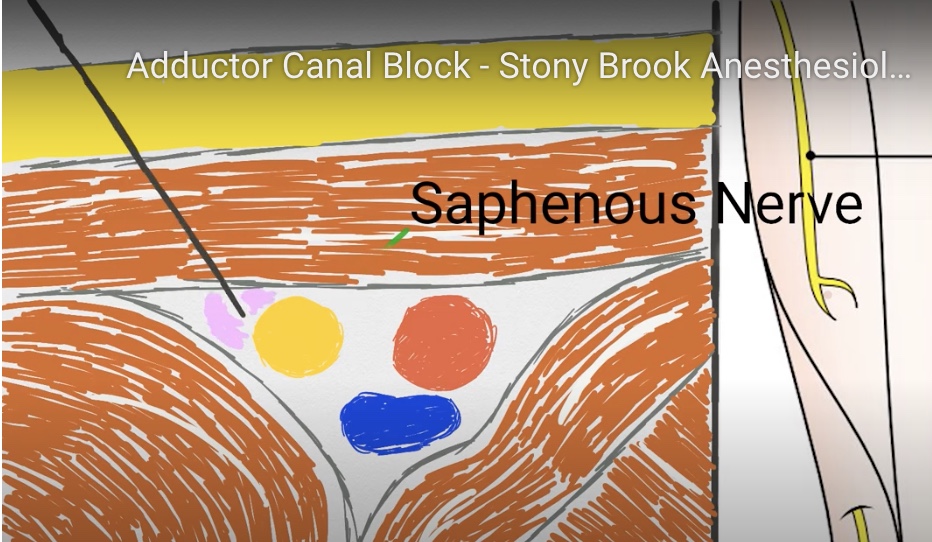
by the CA3 residents We have been doing these cases for approximately 1 month. The surgeon screens candidates for qualifications; they must be relatively healthy and highly motivated to return home. Physical Therapy assesses the patient in the PSA Recovery area prior to home discharge. As mentioned, total knee replacement patients go home with a Q pump. The Homecare Nurse and Physical Therapy see the patient the next day in their home. Anecdotally, patient feedback has been positive. Patients’ strong desire for same-day surgery motivates them to actively participate in the perioperative and postoperative process.  |
|
SARAS 2021
Srinivas Pentyala, PhD The SARAS (Science & Research Awareness Series) summer program, organized by SBU Anesthesiology department was initiated in 2004 and ran continuously for 16 years through 2019. 
SARAS became one of the most sought after summer programs in the country. Students from different parts of the country (and some international students) have attended this 3 week event at our medical center. Over 90 faculty members and staff from our institute interact with 125 students in this program. In 2020, SARAS had to be canceled due to COVID-19 pandemic. In view of the uncertainty regarding COVID vaccinations and the safe transition to a new normal, this year we are looking into several options.
We are very optimistic about holding the 2021-SARAS event in July. Please visit the SARAS website for more info and updates.  |
|
New Publications
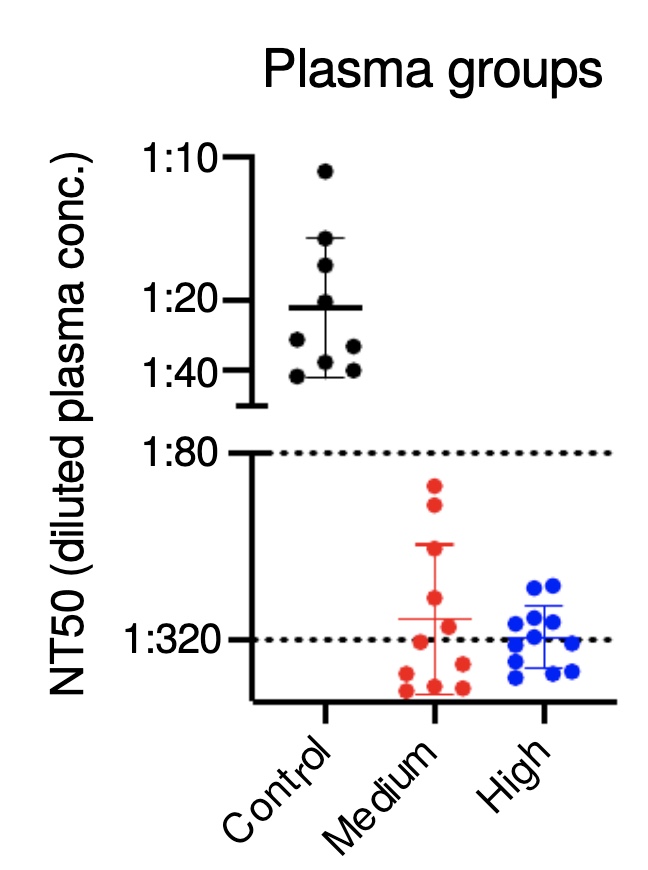 Figure from Freedenberg et al 2021
 |
|
Synaptic Communication
James P Dilger, PhD 

|
|
Where on Campus is That?
|
|
SleepTalker, the Stony Brook Anesthesiology Newsletter is published by the Department of Anesthesiology
Stony Brook Medicine, Stony Brook, NY Tong Joo Gan, M.D., MHS, FRCA, MBA, Chairman Editorial Board: James P. Dilger, Ph.D.; Stephen A. Vitkun, M.D., M.B.A., Ph.D.; Marisa Barone-Citrano, M.A.; Ramanjot S. Kang, M.D. |


